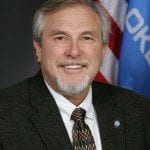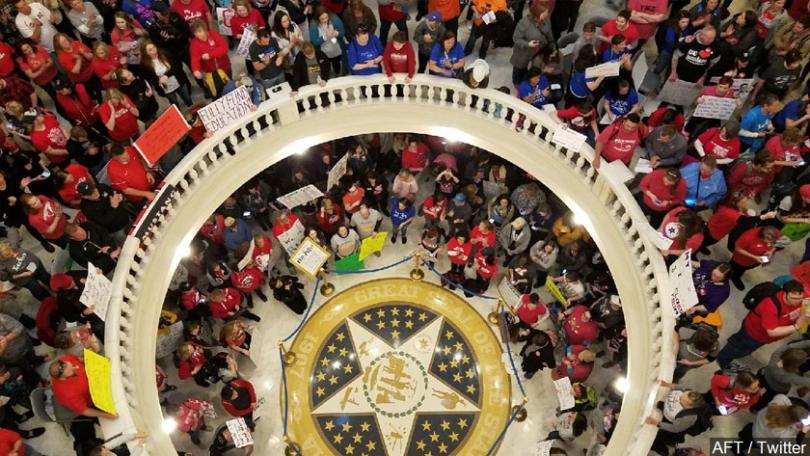BY DAVID PERRYMAN
 There are three principles regarding the role of government in American society that overwhelmingly occupy the majority of our time and resources. Those, in no particular order, are defense, poverty and public education.
There are three principles regarding the role of government in American society that overwhelmingly occupy the majority of our time and resources. Those, in no particular order, are defense, poverty and public education.
Of course defense is addressed by the men and women who serve our state and country and the military contracts our federal government lets for our national safety.
Since the 1930s, Social Security has been in place to prevent an elderly or disabled population from retiring into abject impoverishment. Later, in the 1960s Medicare was added as a part of the social safety net to improve the quality of life of America’s retirees.
Public Education, on the other hand, has seen a much longer and more beleaguered existence. As early as 1647, the Commonwealth of Massachusetts mandated that every township provide a trained teacher and grammar school at taxpayer expense. The concept grew quickly in the northeastern United States and more slowly in the South.
Public education had become the American norm by the time that Oklahoma was admitted to statehood but that had not eliminated opposition based on objections that have existed for centuries.
Those objections revolve around two main factors: 1] use of public funds; and 2] control of curriculum and continue to resurface.
HB 1017 was a landmark education funding and reform bill that was championed by Governor Henry Bellmon and passed with broad bipartisan support in 1990. The legislation reduced class size, increased minimum teacher salaries, established alternative teacher certification, funding equity, early childhood programs, statewide curriculum and testing standards.
Immediately, opponents of public education reform initiated a petition and were able to get SQ 639 on the ballot. Fortunately, by a 46%-54% vote, the effort to repeal HB 1017 was defeated.
Last year, after 12 years of funding neglect, education in Oklahoma had reached a point that it could no longer meet the needs of Oklahoma children. As a result, Oklahoma was suffering socially and economically. Teachers, parents and interested citizens came to the state Capitol to demand that proper resources were devoted to education in Oklahoma.
Citizens, including teachers, exercised a fundamental constitutional right enumerated in both the Article 2, Section 3 of the Oklahoma Constitution and the First Amendment to the Constitution of the United States.
Oklahoma’s version says, “The people have the right peaceably to assemble for their own good, and to apply to those invested with the powers of government for redress of grievances by petition, address, or remonstrance.” Likewise, the national version says, “Congress shall make no law … abridging the freedom of speech, … or the right of the people to peaceably assemble, and to petition the government for a redress of grievances.”
A number of lawmakers did not like being held accountable to their constituents and others who demanded proper education funding. As a result, bills were filed to prevent teachers from coming to the Capitol during session. Some political groups are even now threatening to penalize educators and supporters of education by fining the school districts where they are employed or associated.
Many students from across the state saw concerned citizens peaceably assemble at the state Capitol in support of education and will ultimately benefit from additional appropriations. It was not enough and more is needed, but those teachers and those parents provided an excellent example of democracy in action.
It would seem that by exercising constitutional principles and constitutional rights, both students and legislators learned a lesson. Perhaps a lesson that will need to be repeated. That is a “Well Rounded Education.”
–Chickasha Democrat David Perryman represents District 56 in the Oklahoma House and serves as minority floor leader







